How Long Does Embroidery Take: A Brief Guide
Most peoples want to know how long does embroidery take to complete the project. Well, you come to the right place for its answer. Today, I’ll take a deep look at this and give you proper guides.
Embroidery is a beautiful craft that adds intricate designs and patterns to various fabrics. Whether you are considering embroidery for personal use or as a business venture, one crucial aspect is the time it takes to complete an embroidery project.
In this article, I will provide a detailed overview of the factors that impact the duration of an embroidery task.
I will offer insights into how you can effectively manage your time when engaging in this creative endeavor.
Approximate Time Estimates:
For those who are curious, founded on an average stitching speed of 700 stitches per minute and using a single-thread color embroidery design, here are the time estimates:
- 2,000 stitches take approximately 2.86 minutes to embroider.
- 20,000 stitches take about 28.6 minutes to embroider.
- A 200,000-stitch embroidery design takes around 286 minutes to stitch.
Please note that these estimates may vary when considering additional colors, a slower average speed, and the time required for preparation and finishing.
Factors Affecting Embroidery Time
Several factors can influence the duration of an embroidery project. Considering these factors, you can calculate the time required for an exact design and plan accordingly.
Complexity of Design
The complexity of the design plays a significant role in determining the time needed to complete an embroidery project.
Intricate and highly detailed designs with multiple colors and stitches require more time and precision than simpler designs.
Designs with fine details and small lettering may necessitate slower stitching speeds to ensure accuracy, extending the project’s duration.

Size of the Design
The embroidery design size is another crucial factor affecting the time required for completion.
Larger designs naturally demand more stitches and, consequently, more time.
It’s important to note that larger designs often require rehooping the fabric multiple times, which adds to the overall project duration.
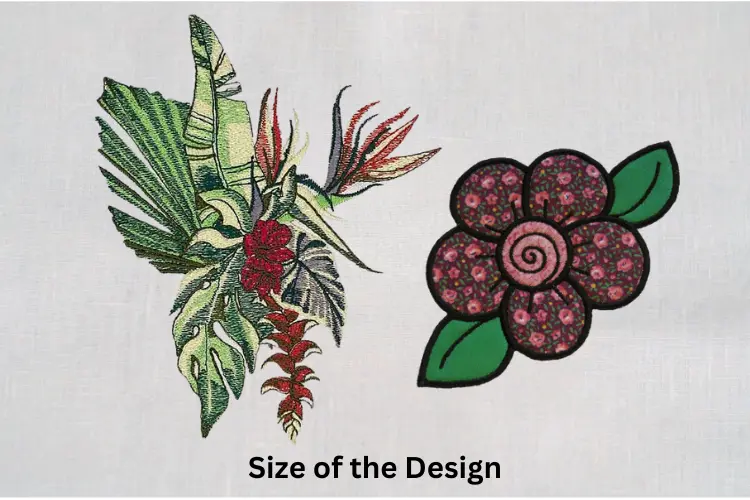
Type of Fabric
The type of fabric chosen for an embroidery project can also impact the time it takes to complete.
Fabrics with a looser weave or stretchy materials may require additional stabilization and care during embroidery, which can lengthen the overall time needed.
Similarly, delicate fabrics like silk or lace demand extra caution and precision, contributing to a slower pace of embroidery.
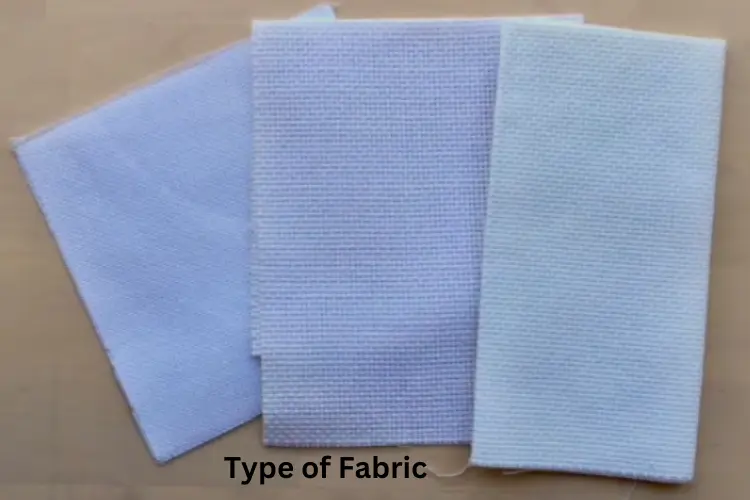
Skill Level
The embroiderer’s skill level and familiarity with the chosen design technique significantly influence the time required to complete an embroidery project.
Beginners may need more time to master certain stitches or techniques, while experienced embroiderers can work more efficiently and swiftly.
As proficiency grows, the time needed to complete projects decreases.
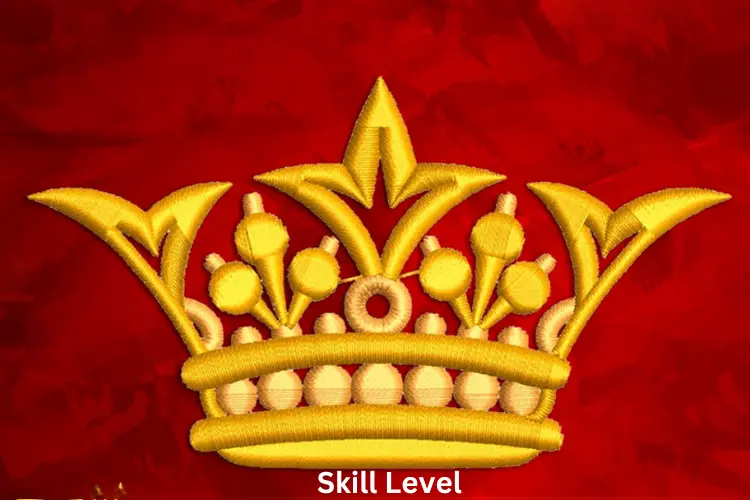
Machine vs. Hand Embroidery
The choice between machine and hand embroidery also affects the project’s duration.
Machine embroidery can be significantly faster, especially for larger designs and bulk orders. However, hand embroidery allows for more intricate details and a unique handmade touch.
It’s essential to consider the pros and cons of each method and select the one that aligns with your project goals and time constraints.
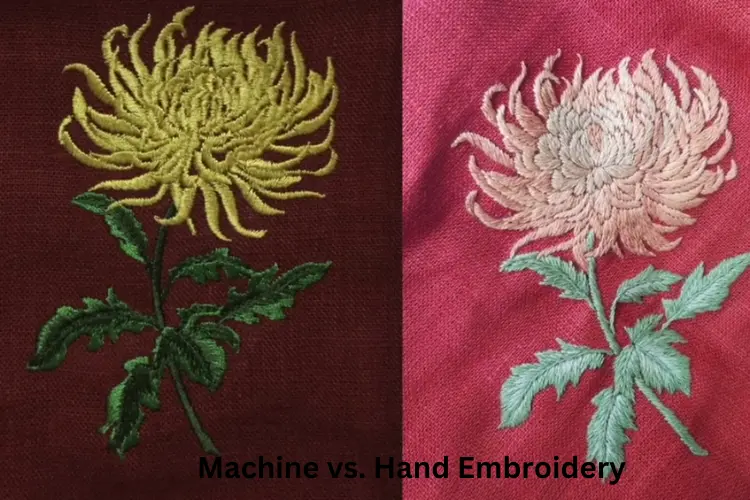
Preparation and Set-Up Time
Embroidery projects require preparation and set-up time before the actual stitching begins.
Tasks such as selecting the design, transferring it to the fabric, choosing the thread colors, and securing the material in the hoop can all add to the overall time invested in the project.
Proper preparation ensures a smooth workflow and minimizes delays during the embroidery process.
Estimating Embroidery Time
You can employ various strategies to estimate the time required for an embroidery project.
Time Trials
Performing time trials can help determine the average stitching speed for a particular design and fabric combination.
By stitching a sample section of the design and recording the time taken, you can calculate an estimate for the entire project.
This method is particularly useful for recurring designs or when working with specific time constraints.
Consultation with Embroidery Professionals
Embroidery professionals possess extensive experience and expertise in estimating project durations.
Consulting with them can provide valuable insights and help you gauge the approximate time required for your embroidery project.
They can also offer guidance on potential time-saving techniques specific to your design and fabric choices.

Managing Time for Embroidery Projects
Efficiently managing your time is crucial for completing embroidery projects.
The following strategies can assist you in optimizing your workflow and ensuring timely delivery of your creations.
Planning and Organization
Before starting an embroidery project, create a detailed plan outlining the steps and estimated time for each task.
Break the project into manageable sections, including design selection, fabric preparation, hooping, stitching, and finishing.
This plan will serve as a roadmap and help you stay focused throughout the project.
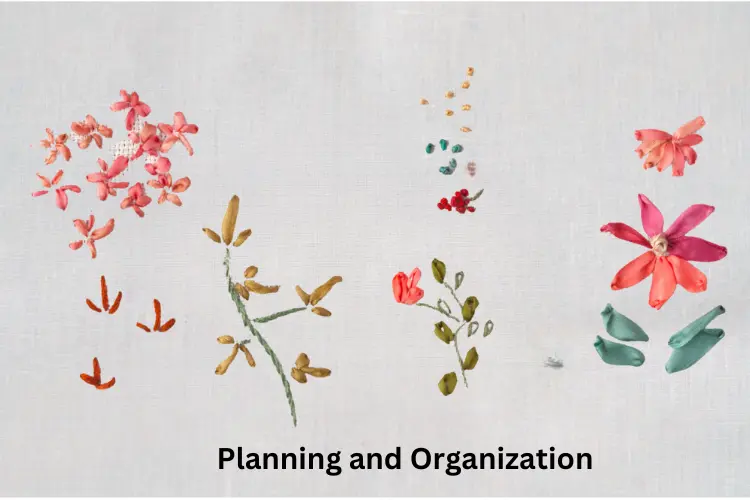
Breaking Down the Project
Breaking the task into shorter, likely tasks allows for better time management.
Allocate specific time slots for each task and set realistic goals. By dividing the workload, you prevent being overwhelmed and maintain a steady pace of progress.
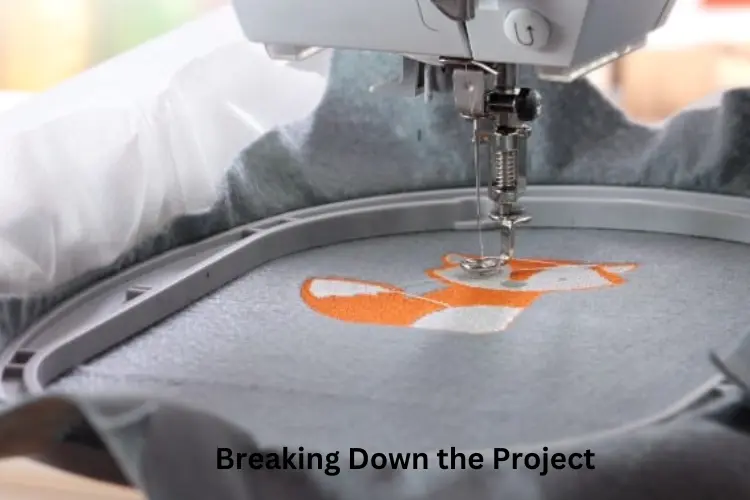
Setting Realistic Deadlines
Establishing realistic deadlines for your embroidery projects is crucial for effective time management.
Consider factors like the complexity of the design, your skill level, and any external commitments when setting deadlines.
Be mindful not to overcommit and allow ample time to deliver high-quality results.
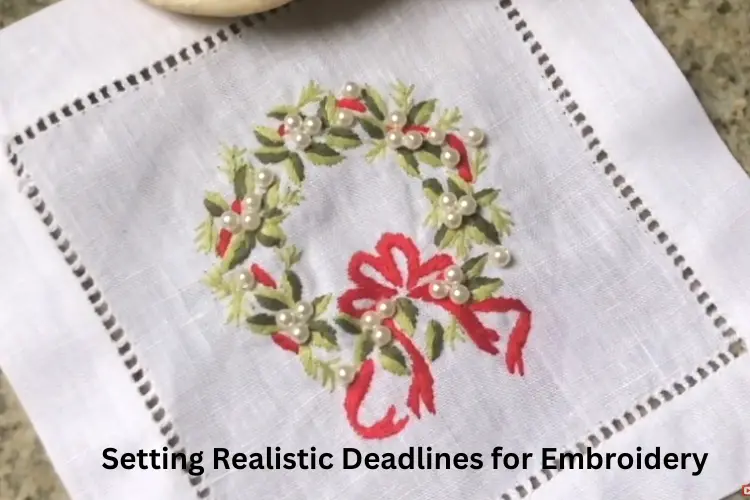
Time Management Techniques
Implementing effective time management techniques can enhance your productivity. Utilize strategies such as the Pomodoro Technique, where you work for focused intervals followed by short breaks.
Prioritize your tasks, eliminate distractions, and establish a dedicated workspace to boost efficiency.
Conclusion
Embroidery is a beautiful craft that requires both skill and patience. Understanding the factors that influence the time it takes to complete an embroidery project is essential for planning and managing your time effectively.
By considering the design’s complexity, the invention’s size, the type of fabric, and your skill level, you can estimate the project’s duration accurately.
Implementing proper planning, organization, and time management techniques will ensure that your embroidery projects are conducted on time while holding the highest quality criteria.
Check related videos on the Chefanie YouTube channel:
Frequently Asked Questions FAQs
The time required to embroider a simple design can vary depending on the design’s size, complexity, and the embroiderer’s skill level. On average, a small, straightforward design can be completed in a few hours.
While specific techniques and strategies can help increase your embroidery speed, it’s essential to prioritize quality and accuracy over speed.
Consistent practice, improved proficiency, and efficient workflow management can contribute to completing projects more efficiently.
Hand embroidery generally takes longer than machine embroidery due to the manual nature of the craft. Hand embroidery requires more time and precision, mainly when working with intricate designs and fine details.
To save time during embroidery projects, consider prepping multiple fabric pieces in advance, organizing your thread colors, and investing in efficient tools like embroidery machines with advanced features.
Estimating the cost of an embroidery project involves considering elements such as the size and complexity of the creation, the type of fabric used, and the time required for completion.
